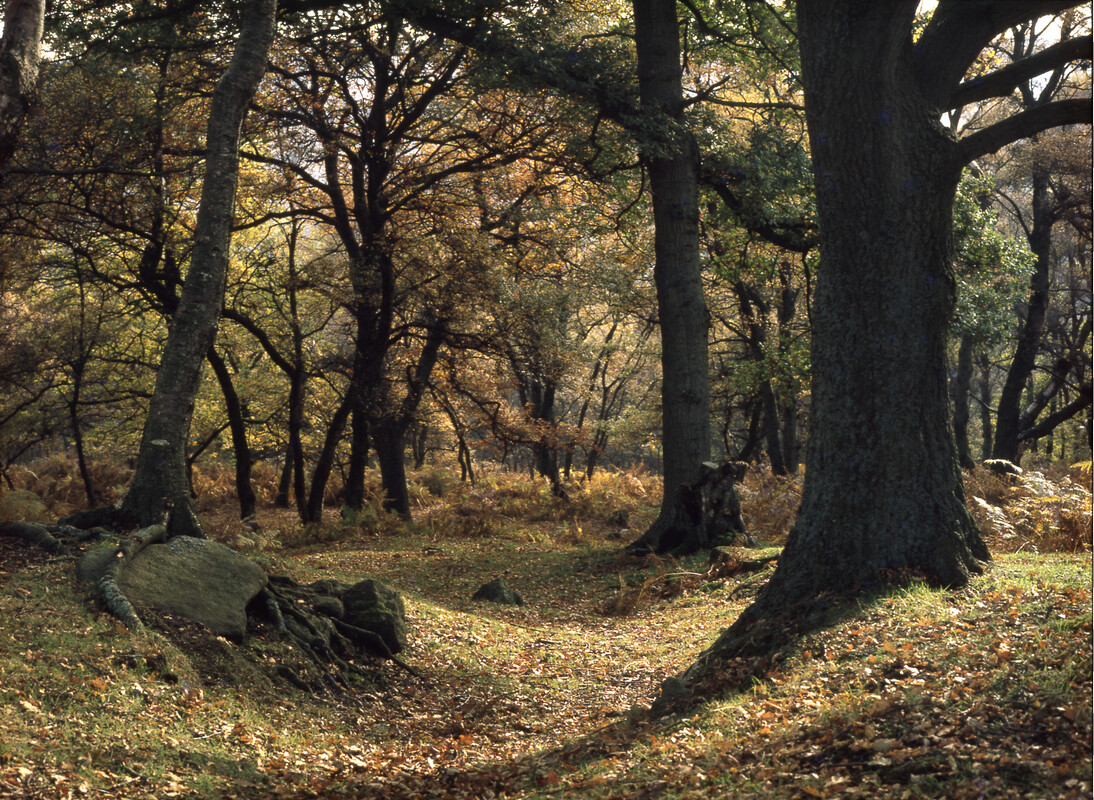Autumn is fading and winter starts to take hold, leading to beautiful misty mornings.
Acorns and other nuts litter the woodland floor. Many migratory birds have headed off while others start to arrive from the continent, making the North York Moors their home for the winter.
Our tip
Leaping salmon, now it's time for the annual salmon and trout runs as they return from the North Sea to the rivers of their birth, heading to their breeding grounds to spawn. The river Esk is one of only a few rivers in Yorkshire that supports salmon. Females lay eggs in gravel bedded streams and the male fish fertilise them. The fittest fish can leap an incredible 3 metres to negotiate waterfalls and rapids on their journey upstream. In some places specially designed fish ladders have been put in to help them climb up weirs. Salmon Leap point on the river Esk in Sleights is a good place to see salmon launching from the water to breach the weir, when the water is running fast and high.
Also look out for:
- Grey seals come ashore and can be seen from the clifftops giving birth to their pups in November. Around half of the world’s grey seals live in UK waters, and many are found breeding on the National Park coast every winter. It may seem odd to be breeding in the harsh conditions at this time of year, but the cow seals are in an excellent condition after a rich summer's feedings. The pups will be weaned on fat-rich milk for a month by their mothers before heading out to sea with the colony.
- Like the common seals earlier in the year, you can spot one of our largest mammals along the North York Moors coast. Brace yourself for a chilly breeze and enjoy the sight of the gorgeous pups and their soft white coats from a distance. Take care not to disturb them if you come across them - keep at least 100m away and if you have a dog, put it on a lead and walk away. Never touch a seal as they can give a nasty bite.
- Stoats in northerly climes moult their russet summer coats, and take on pure white ermine fur now for winter camouflage. Though snows are less frequent, this winter change is hardwired into the stoat’s nature. Seeing a pure white stoat bounding across the ground on the hunt for rabbits and voles is a striking sight. They’re so quick you won’t see them for long! Stoats will make their home in the many hedges and drystone walls found throughout the North York Moors but the ones found in Mount Grace Priory are the most famous. The priory is open at weekends over winter and is a good place to start.
- Acorns which rain down from mighty oak trees, before being eaten and dispersed by hungry squirrels and jays. Jays are in the habit of burying stores of acorns, their favourite foodstuff. A single jay can bury thousands of them in a single season. They have an extraordinary facility for remembering where they’ve left them, even digging through a foot of snow in the winter to retrieve them. But inevitably some of their acorn caches go forgotten and eventually sprout into oak trees. For that reason jays are one of the prime agents in the survival and spread of oakwoods.
- Horse chestnut trees laden with conkers. Collect these shiny jewels in their spiky cases, and leave the rest for deer.
- Unusual fungus Plicatura crispa, which grows prolifically in deciduous woodlands here, including Gilling Wood. Appearing on dead or dying wood, it resembles many miniature bracket fungi in clusters, but has wrinkles, not gills or pores on the underside. More commonly reported in Scotland, it’s very unusual to see it thriving this far south in the UK.

Walk of the month
Get a birds-eye view of gorgeous Harwood Dale from the escarpment edge on a circular walk that starts and finishes in Broxa Forest and follows mostly good stone and gravel tracks, good for this time of the year. Tree-felling has opened up the views on the first part of the walk, and you really feel on top of the world as the path swings round the scarp edge.
